Encyclopadia of Myriad Herbs: Medicinal Herbs in Tibetan Medical Tradition (In 2 Volumes)
Natural medicinal substances are indispensable sources for treating diseases as well as benefiting the physical health of human society. As early as the period around the 3rd century A.D., the use of natural medicinal substances in treating diseases like bleeding, wounds, etc. became widespread. Gradually, innumerable scholars came into being, out of which emerged Yuthok Nyingma Yonten Gonpo (706-832 AD), who is regarded as Tibet’s greatest physician. He had served as the personal physician to the king Choegyal-Me-Ook Tsom, and compiled and wrote Gyud-shi of The Four Tantras (the fundamentals texts of Tibetan medicine) around the 8th century AD. In the second tantra, The Explanatory Tantra, medicinal substances are revealed in the chapter, The efficacy of Medicinal Substances. ‘The period of 1654 to 1705 saw Tibetan medicine vividly illustrated through means of traditional Tibetan paintings by one of the greatest physicians cum astrologers, Desi-Sangey-Gyatso. The paintings also depicted how to correctly identify Tibetan medicinal substances, today it continues to serve as an important source of reference for both students and researchers. A total of 79 medicinal paintings were composed, creating a history through which the art of traditional Tibetan paintings are kept alive which has been a great accomplishment.
Within the field of Material-Medica, the study, collection, and Process of turning natural resources into medicines, a major historical figure is the great scholar Deu-Mar-Geshe-Tenzin Phuntsok, born in 1673. He wrote extensively on the classifications, potencies and synonyms of more than 900 medicinal substances, which have more than one thousand subcategories or varieties, in a book called Shel Gong Shel Phreng. Not only did his book receive much admiration from scholars residing inside and outside of Tibet (for which we all Tibetans take pride in), his book has been considered one of the most important text that sets the standards for materia-medica.
Contents: Preface. 1. The seven essential limbs of standardizing medicinal plants. 2. The qualities and quantities of the four elements that form the cause or basis. 3. Index of botanical names. Identification of medicinal plants and categorization of their tastes, potencies, other characteristics. Conclusion.
Get it now and save 10%
BECOME A MEMBER

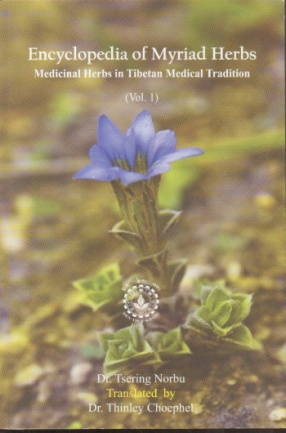
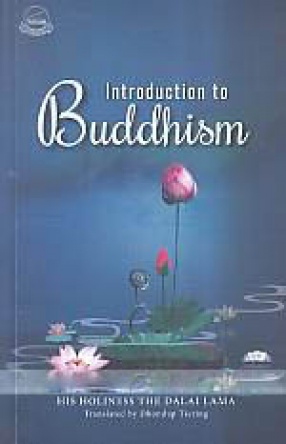
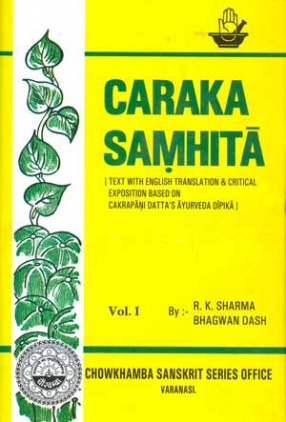
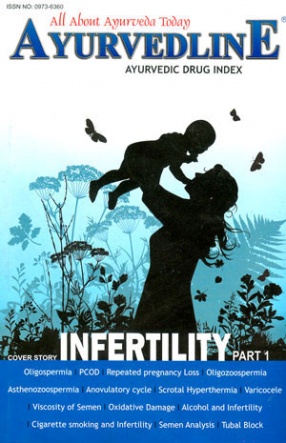
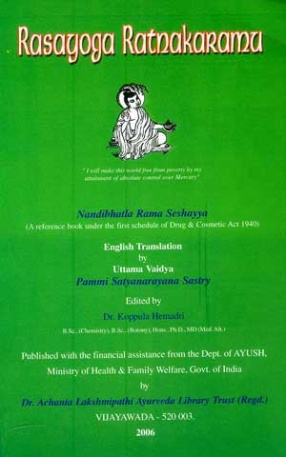
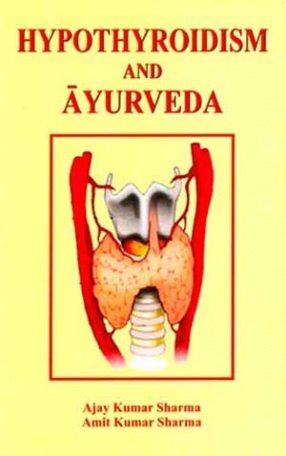

Bibliographic information
Thinley Choephel